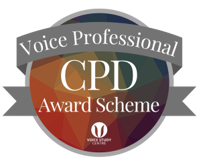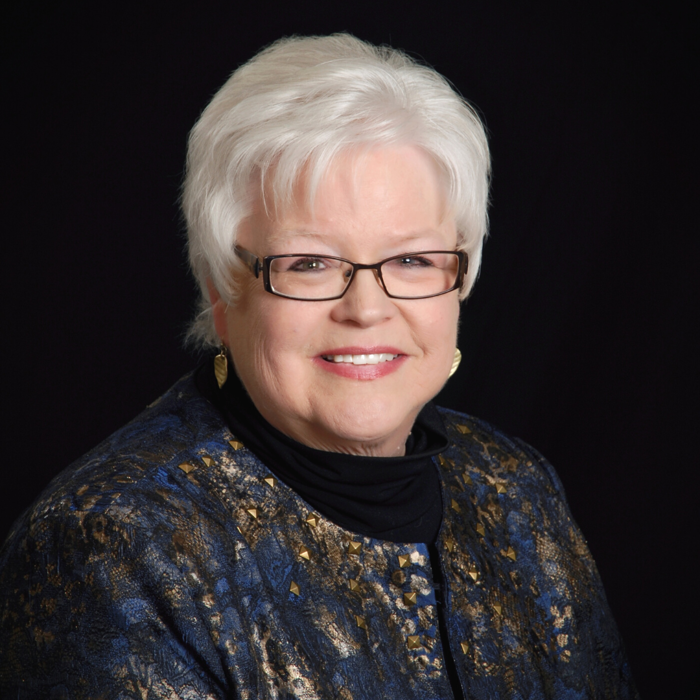Comparative Vocal Styles: Classical, Belting, Pop, R&B, Country, Rock & Jazz
Tuesday 5th March 2024, 5:00 PM - 7:00 PM (London Time)
Not only are there major differences between Classical and Commercial singing techniques, but there are also unique characteristics and variations required by singers to 'authenticate' commercial or pop vocal styles.
In this interactive workshop, participants will have the opportunity to experiment with some of the many elements which comprise different genres, including Classical, Musical Theatre Belting (including its five substyles), Pop, R&B (Soul), Country, Rock and Jazz.
These elements include resonator shaping; vibrato (type, speed, use); larynx height, phrasing (word stress, breath management requirements, dynamics); resonance (degrees of brightness, ring, and nasality); stylisms (e.g. cry, fry, growls, melisma, runs, scatting); vocal fold adduction (clean, blowy, three degrees of breathy); degree of hyoid bone pull; jaw strategies; and even cultural/emotional roots which are integral to understanding the history of each style.
As voice pedagogues, it is very helpful to have at our disposal a large number of 'vocal hacks', not just for vocal technique improvement but for stylistic accuracy as well. Often, a simple tweak in mouth shape can result in a noticeable improvement when producing an authentic sound. All pop is not the same!
Handouts with graphs will be provided for further review as well as a suggested listening list.
Lisa Popeil
Lisa Popeil, MFA in Voice, has studied voice for 60 years and has taught professionally in a variety of styles of singing for over 40 years. Based in Los Angeles, California, Lisa is the creator of the Voiceworks® Method, the Total Singer DVD and the Total Singer Workshop.

Attend this course for as little as £22 as part of the Voice Professional Training CPD Award Scheme.
Learn MoreSorry, this is an archived short course...
We have plenty of upcoming short courses coming soon. See details of some of them below or look at the full list of short courses.

Monday 12th January 2026
12:00 PM - 1:30 PM
Tuesday 13th January 2026
12:00 PM - 1:30 PM
Wednesday 14th January 2026
12:00 PM - 1:30 PM
Thursday 15th January 2026
12:00 PM - 1:30 PM
Tuesday 20th January 2026
12:00 PM - 1:30 PM
Wednesday 21st January 2026
12:00 PM - 1:30 PM
(London Time)
Level One Certificate in Accents and Phonetics

Louisa Morgan
Are you a voice, acting, or singing coach looking to expand your expertise and add accents and phonetics to your teaching repertoire? This 6-session course covers essential topics such as articulatory, acoustic, and auditory phonetics, the International Phonetic Alphabet (IPA), and ethical approaches to accent and dialect coaching. By the end of this course, you'll be equipped with the knowledge and practical skills to start to bring phonetics and accent coaching into your coaching and provide more comprehensive support to your clients.


Monday 12th January 2026
2:00 PM - 4:00 PM
(London Time)
Emerging and Developing Voice: Singing and Speech

Karen Brunssen
How does the singing voice influence the speaking voice? How does the speaking voice influence the singing voice? When is there a disparate relationship between the two? Can they help each other? Can one harm the other? How can we use them positively in the voice studio. During this short course we will consider the voice as we sing and as we speak. The acquisition of language is a very interesting journey from birth through old age. We will broach the topics of “lexical” which refers to learning words, and “semantic” which is how we use words in the context of language.


Monday 12th January 2026
5:00 PM - 7:00 PM
(London Time)
Perfectionism: A Theoretical & Clinical Overview

Dr David Juncos
What exactly is meant when we label ourselves or someone we know a perfectionist? It is a good to be this way? Or are you setting yourself up for failure? Can a performance psychologist or a other performance-related practitioner help you if you’re a perfectionist? In this short course, you will learn how perfectionism is defined according to popular models in clinical psychology, and whether it is maladaptive or adaptive. You will also learn how perfectionism impacts on music performance anxiety, in addition to other areas of importance for performing musicians, like work-related stress and burnout, and procrastination with one’s practice.
